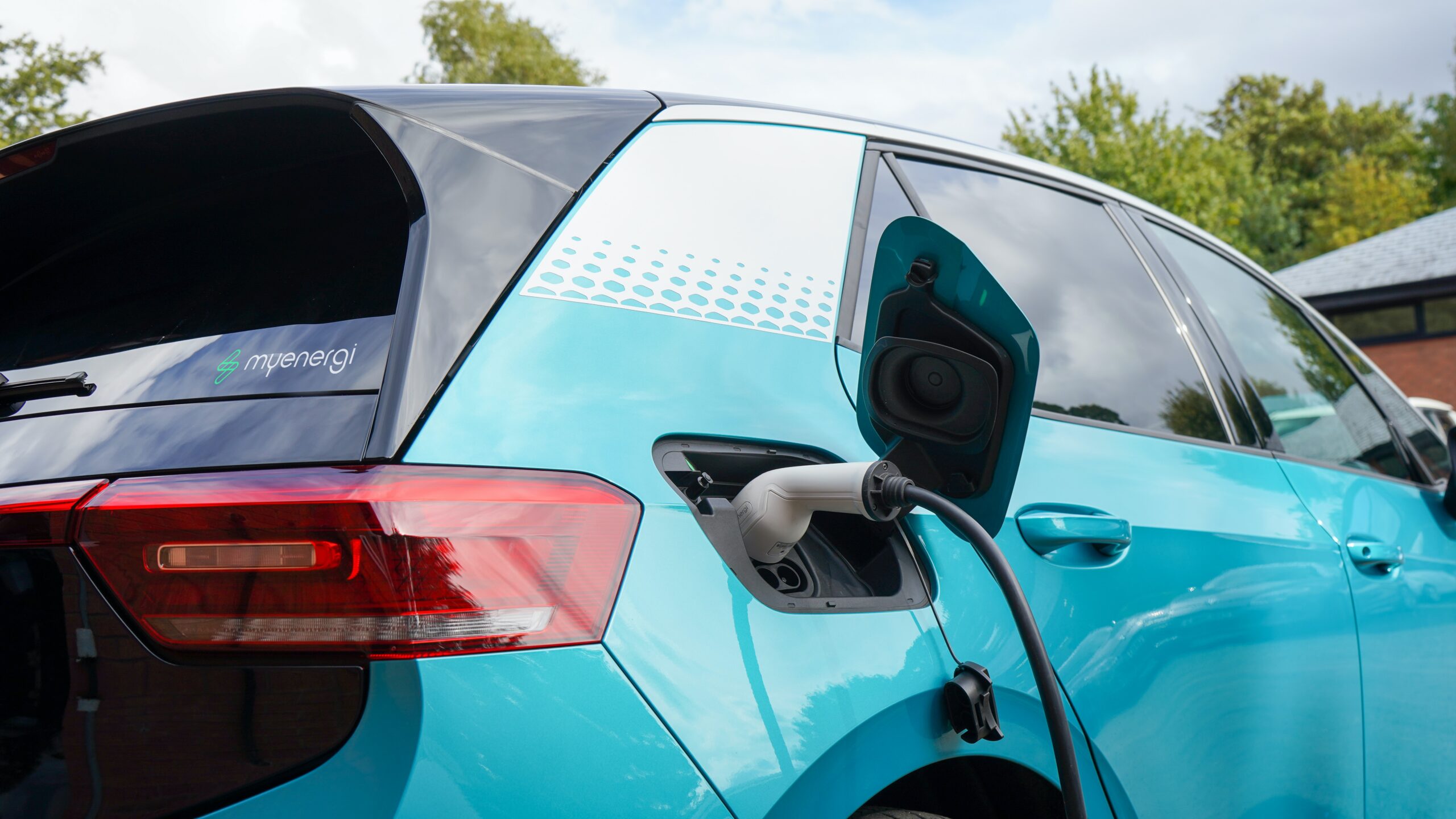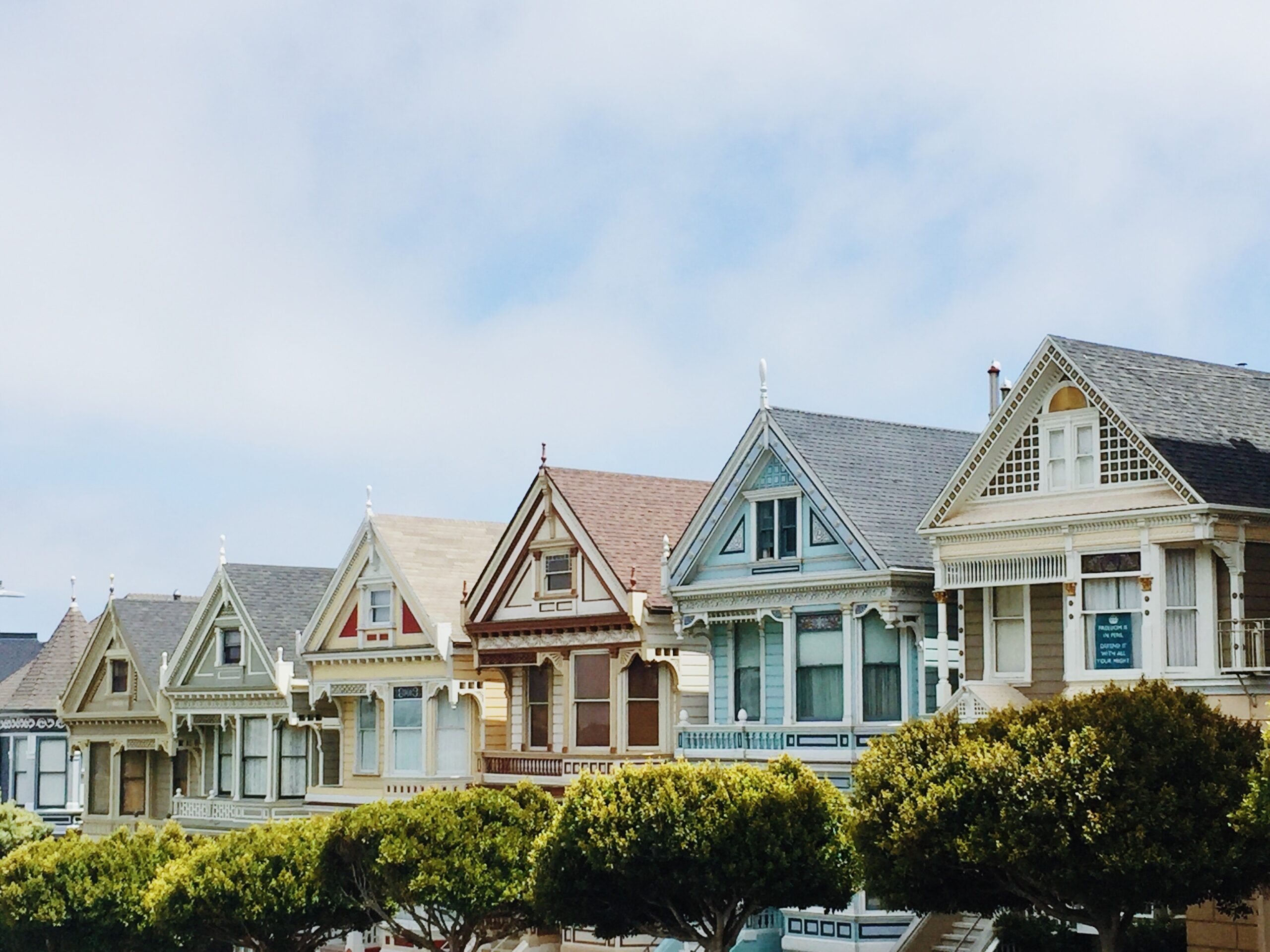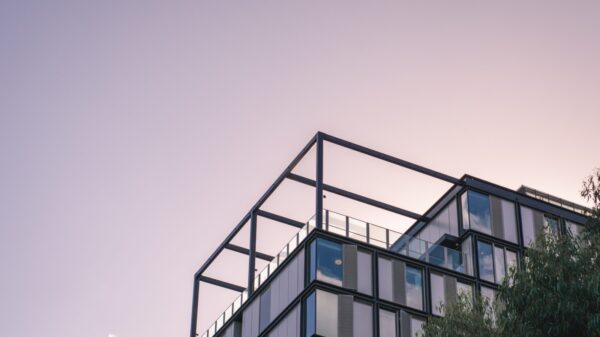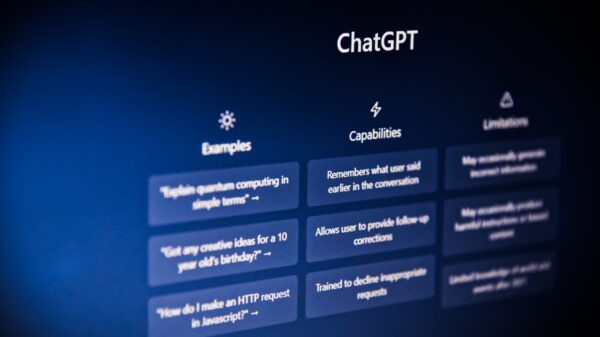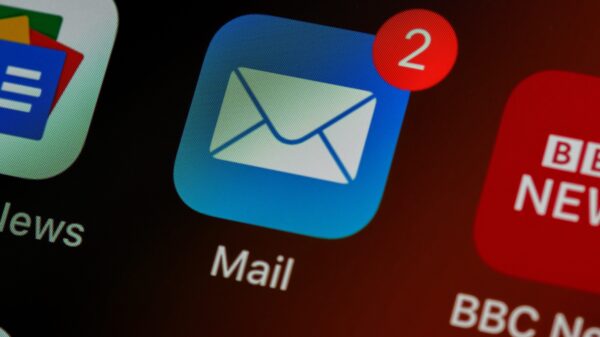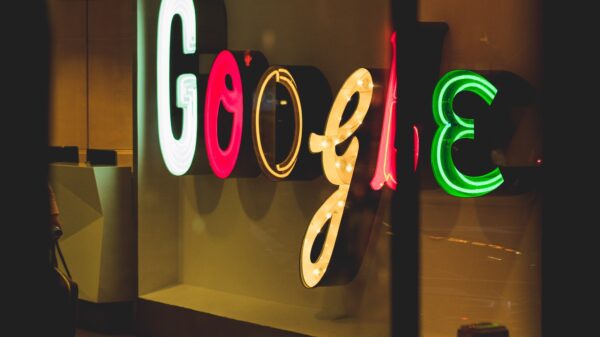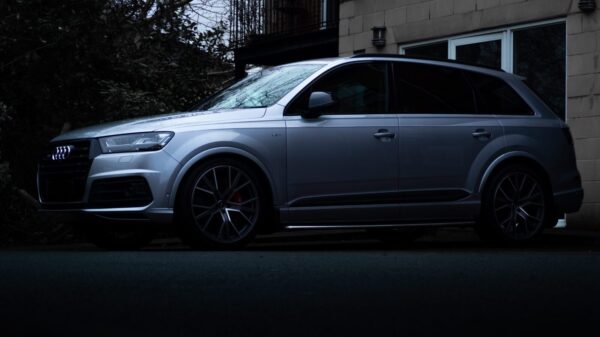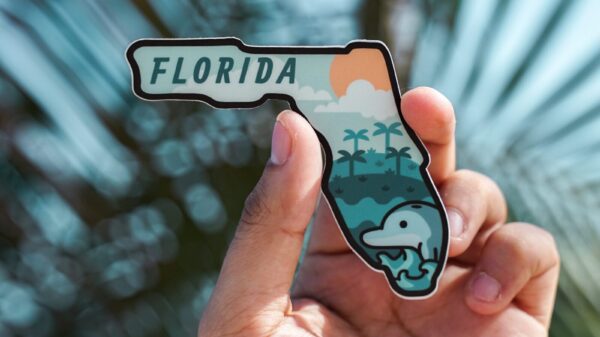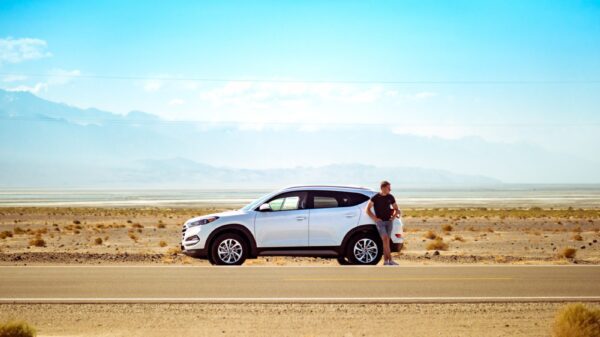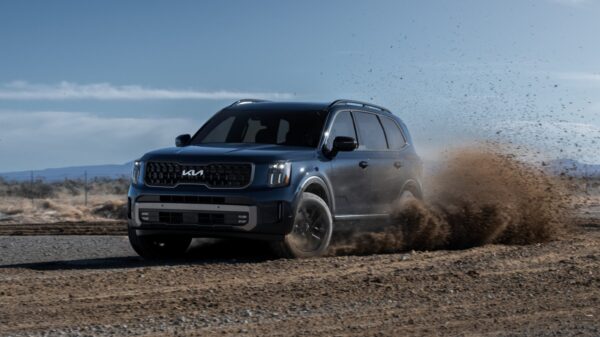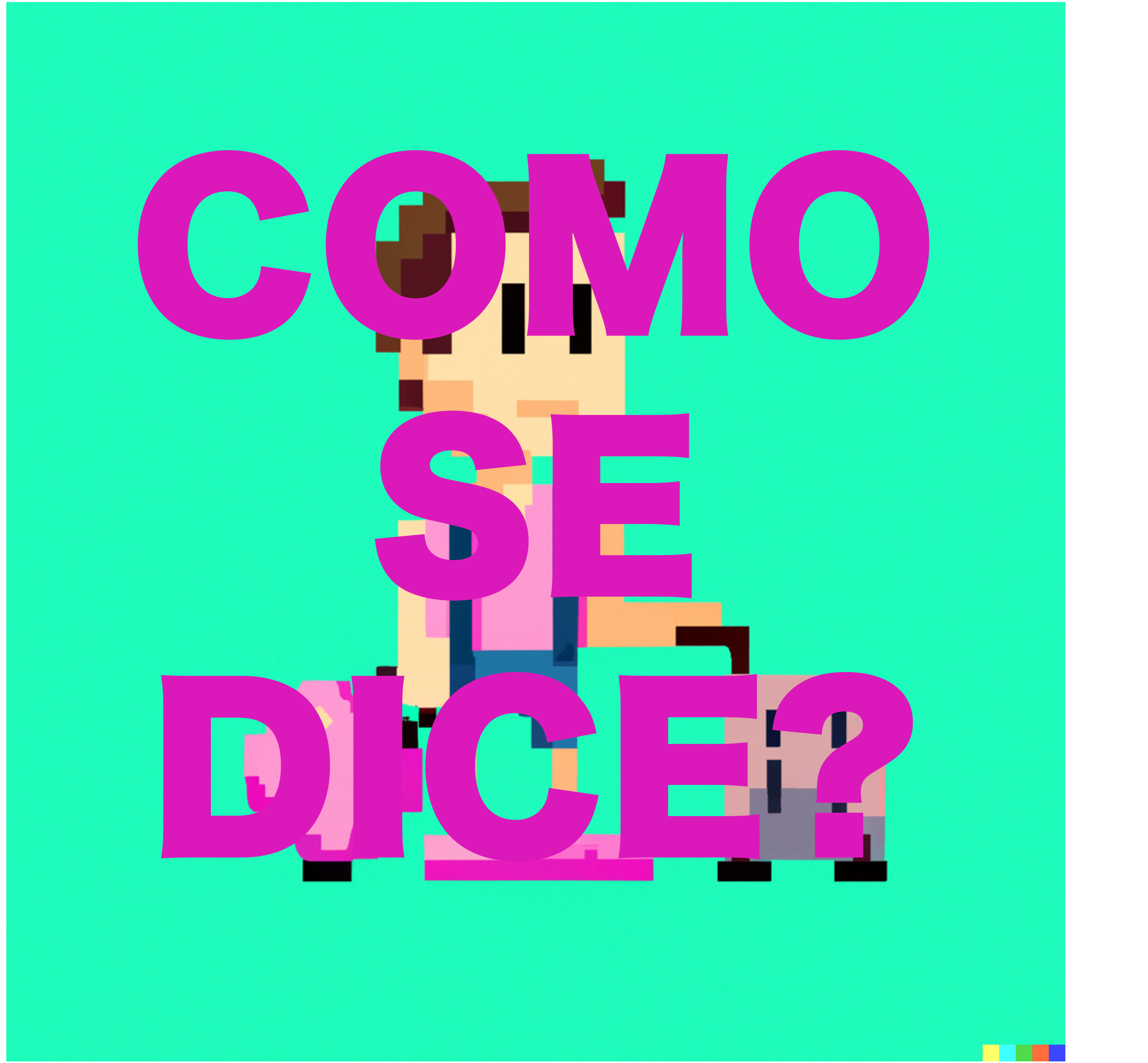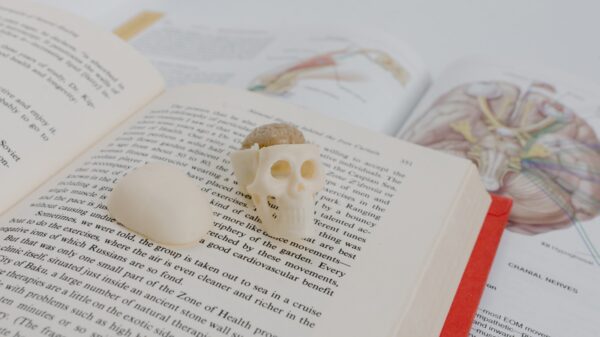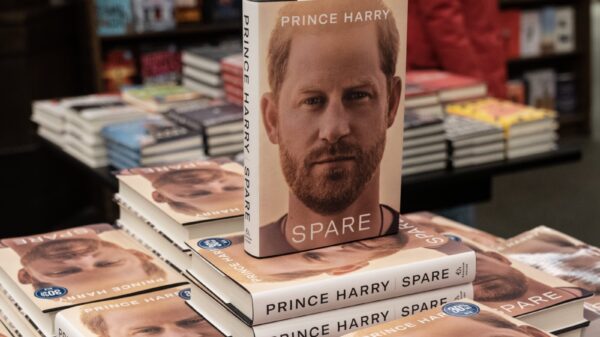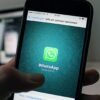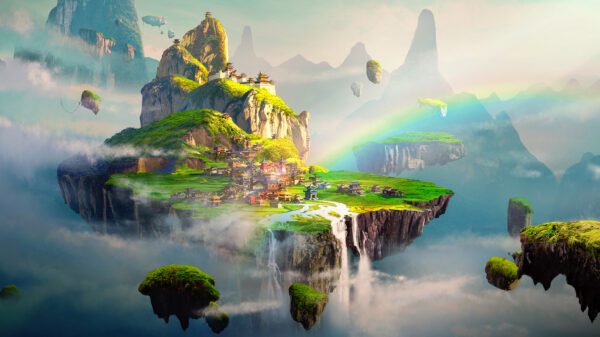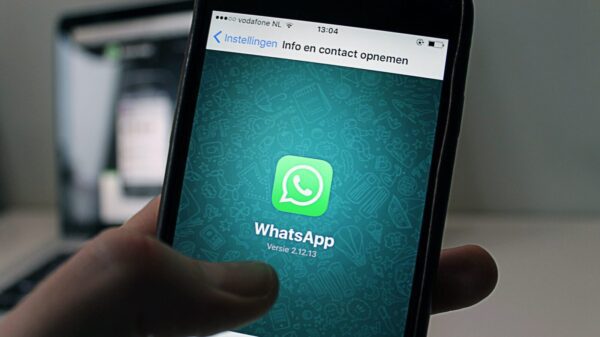Disney’s Humble Beginnings: From a Sketch to a Dream
Walt Disney’s journey began with a simple sketch. In the early 1920s, he drew a character named Oswald the Lucky Rabbit, which caught the attention of Universal Pictures. However, due to contractual disputes, Disney lost control of Oswald and was left devastated. Determined not to give up on his dreams, he gathered a small team of animators and together they created a new character that would change everything.
That character was Mickey Mouse. Introduced in 1928 in the short film “Steamboat Willie,” Mickey quickly became an instant sensation. His playful personality and endearing charm captured the hearts of audiences worldwide, propelling Walt Disney Studios into success. With this newfound popularity, Disney continued to innovate by introducing synchronized sound and Technicolor animation techniques in subsequent films.
Despite facing financial struggles during the Great Depression, Walt Disney remained determined to bring his vision to life. He believed in creating immersive experiences for people of all ages and backgrounds. This led him to conceptualize Disneyland – a magical theme park where dreams come true. Opening its doors in 1955 in Anaheim, California, Disneyland marked the beginning of what would become one of the most iconic entertainment companies in history.
The Visionary Mind Behind Disney: Meet Walt Disney
Walt Disney, the creative genius behind one of the most beloved entertainment empires in history, was a man with an extraordinary vision. Born on December 5, 1901, in Chicago, Illinois, Walt showed an early passion for drawing and storytelling. From a young age, he had a determination to pursue his dreams and bring joy to people’s lives through his creations.
As Walt grew older, his imagination continued to flourish. He developed a fascination with animation and saw its potential as a powerful medium for storytelling. In 1923, along with his brother Roy O. Disney, he founded the Disney Brothers Studio (which later became The Walt Disney Company) in Los Angeles.
With Mickey Mouse as their first iconic character creation in 1928 – originally named Mortimer but changed by Walt’s wife Lillian – Walt Disney revolutionized the world of animation forever. Mickey quickly became a cultural phenomenon and paved the way for future animated classics that would capture hearts across generations.
Walt’s commitment to innovation extended beyond animation alone. In addition to creating unforgettable characters and stories on screen, he dreamed of bringing these magical worlds to life in physical form. This led him to conceive Disneyland – the first-ever theme park built specifically for families’ enjoyment – which opened its doors in Anaheim, California on July 17th ,1955.
#The Visionary Mind Behind Disney: Meet Walt Disney
The Birth of Mickey Mouse: A Character that Changed Everything
Mickey Mouse, the iconic character that has become synonymous with Disney, was born out of a desperate situation. In 1928, Walt Disney faced the loss of his beloved creation Oswald the Lucky Rabbit due to a contract dispute. Determined to bounce back from this setback, Walt and his loyal animator Ub Iwerks set out to create a new character that would capture audiences’ hearts. And thus, Mickey Mouse came into existence.
With his round ears and infectious personality, Mickey quickly became an instant sensation. His first appearance in “Steamboat Willie” marked not only the birth of Mickey but also the birth of synchronized sound in animation. Audiences were captivated by this mischievous yet lovable mouse as he navigated through various adventures on screen.
But it wasn’t just his charm that made Mickey so groundbreaking; it was also his impact on popular culture. Merchandising opportunities skyrocketed as Mickey’s image adorned everything from toys to clothing to household items. The success of this little mouse paved the way for Disney’s expansion into other media platforms and solidified its position as an entertainment powerhouse.
The Birth of Mickey Mouse forever changed the landscape of animation and entertainment industry as we know it today. This small black-and-white character captured imaginations worldwide and laid the foundation for what would become one of the most beloved brands in history – Disney. From humble beginnings to global domination, Mickey Mouse remains a symbol not only for Walt Disney’s visionary mind but also for endless possibilities and dreams come true.
Snow White and the Seven Dwarfs: Disney’s First Full-Length Animated Feature
Snow White and the Seven Dwarfs marked a significant milestone in Disney’s history as it became their first full-length animated feature. Released in 1937, this enchanting film captivated audiences with its stunning visuals and memorable characters. The story follows Snow White, a young princess who befriends seven lovable dwarfs while trying to escape the evil Queen’s wrath.
One of the most remarkable aspects of Snow White and the Seven Dwarfs was its groundbreaking animation techniques. Walt Disney pushed the boundaries of traditional animation by introducing multiplane cameras, which allowed for more depth and realism in each scene. This innovation brought an unprecedented level of detail to the film, making it visually captivating for viewers at that time.
Moreover, Snow White and the Seven Dwarfs showcased Disney’s ability to create compelling narratives that resonated with both children and adults alike. The film blended elements of fantasy, romance, humor, and adventure seamlessly to create a timeless classic. It set a high standard for future animated films produced by Disney, establishing them as pioneers in storytelling through animation.
The success of Snow White and the Seven Dwarfs paved the way for countless other beloved animated features from Disney over the years. Its impact on popular culture cannot be overstated as it not only solidified Disney’s place in cinematic history but also inspired generations of filmmakers to explore new possibilities within animation. This iconic film remains an integral part of Disney’s legacy as they continue to enchant audiences worldwide with their magical tales brought to life through animation.
Disneyland: The Magical Theme Park that Started it All
Disneyland, the brainchild of Walt Disney, opened its doors to the public on July 17, 1955. Located in Anaheim, California, this magical theme park quickly became a symbol of imagination and wonder for people of all ages. With its enchanting attractions and immersive experiences, Disneyland set a new standard for amusement parks around the world.
Upon entering Disneyland, visitors are transported into a realm where fairy tales come to life. The park is divided into different themed lands such as Fantasyland, Tomorrowland, Adventureland, and Frontierland. Each land offers unique rides and shows that cater to various interests and preferences. From flying with Peter Pan in Neverland to exploring the depths of Space Mountain’s galaxy, there is something for everyone at Disneyland.
One of the most iconic features of Disneyland is Sleeping Beauty Castle which serves as the centerpiece of Fantasyland. This majestic structure stands tall against the backdrop of blue skies and lush greenery. As visitors walk through its gates, they are greeted by beloved Disney characters who roam around delighting guests with their presence. The magic within Disneyland truly knows no bounds as it continues to captivate generations with its timeless charm and innovative attractions.
Expansion and Innovation: The Launch of Walt Disney World
Expansion and Innovation: The Launch of Walt Disney World
Walt Disney World, located in Orlando, Florida, was a groundbreaking project that pushed the boundaries of theme park entertainment. Opening its doors on October 1, 1971, it quickly became a symbol of expansion and innovation for the Disney brand. Spanning over 25,000 acres, Walt Disney World featured not only the iconic Magic Kingdom but also three additional theme parks – Epcot Center (now known as Epcot), Disney’s Hollywood Studios (formerly MGM Studios), and Disney’s Animal Kingdom.
The launch of Walt Disney World marked a significant milestone in the history of amusement parks. It introduced new technologies and concepts that revolutionized guest experiences. One such innovation was the development of Audio-Animatronics technology which brought lifelike robotic figures to attractions like Pirates of the Caribbean and The Haunted Mansion. This breakthrough allowed visitors to interact with realistic characters in immersive environments.
Moreover, Walt Disney World showcased an unprecedented level of attention to detail throughout its various lands and attractions. From Main Street USA’s meticulously designed storefronts to Tomorrowland’s futuristic architecture, every aspect was carefully crafted to transport guests into different worlds. This commitment to storytelling extended beyond just rides; it encompassed dining experiences like Cinderella’s Royal Table or character meet-and-greets where children could meet their favorite princesses or heroes up close.
As one can see from these examples, Expansion and Innovation: The Launch of Walt Disney World solidified Disneyland’s legacy while simultaneously pushing forward with new ideas that would shape future theme park design around the world. By combining cutting-edge technology with intricate storytelling elements on an unparalleled scale,WaltDisneyWorld created an experience unlike any other at that time – one that continues to captivate millions today.
Bringing Characters to Life: Disney’s Animation Studios
Disney’s Animation Studios have been at the forefront of bringing beloved characters to life for decades. Through their innovative techniques and dedication to storytelling, Disney has created some of the most iconic animated characters in history.
One of the key aspects of Disney’s animation process is their attention to detail. Every movement, expression, and gesture is meticulously crafted to ensure that each character feels alive and relatable. From the graceful movements of princesses like Cinderella and Ariel to the comedic antics of characters like Goofy and Donald Duck, Disney animators bring a sense of personality and charm to every frame.
In addition to their technical expertise, Disney’s Animation Studios also prioritize creating emotionally resonant stories. They understand that it’s not just about drawing pretty pictures; it’s about connecting with audiences on a deeper level. Whether it’s through heartwarming tales like “Beauty and the Beast” or inspiring adventures like “Mulan,” Disney has mastered the art of using animation as a medium for storytelling.
Through their commitment to excellence in both technique and storytelling, Disney’s Animation Studios continue to captivate audiences around the world. With each new film release, they push boundaries, innovate with technology, and create unforgettable characters that become ingrained in popular culture. The legacy of bringing characters to life remains an integral part of what makes Disney so magical.
The Evolution of Disney Princesses: From Cinderella to Moana
Cinderella, the iconic Disney princess who captured hearts with her rags-to-riches tale, marked a significant turning point in the evolution of Disney princesses. Introduced in 1950, Cinderella became an instant hit and set the stage for future princess stories. With her kind heart and unwavering optimism, she showcased the enduring themes of love, hope, and overcoming adversity that would become synonymous with Disney’s princess franchise.
Following Cinderella’s success came a wave of enchanting princess tales that continued to captivate audiences worldwide. From Sleeping Beauty to Belle from Beauty and the Beast, each new addition brought unique qualities and characteristics to the ever-growing roster of beloved characters. These princesses often defied traditional gender roles by displaying strength, courage, and independence while still maintaining their grace and charm.
In recent years, Disney has taken steps towards embracing diversity within its lineup of princesses. This shift is evident in Moana – a young Polynesian adventurer who embarked on a daring journey to save her people. Moana represents a departure from previous princess archetypes as she does not rely on romantic love or marriage as her ultimate goal but instead focuses on self-discovery and fulfilling her destiny. Her inclusion reflects Disney’s commitment to portraying strong female protagonists who challenge societal norms while inspiring young girls around the world.
The Evolution of Disney Princesses: From Cinderella to Moana showcases how these beloved characters have evolved over time while remaining influential figures in popular culture. As society continues to progress towards more inclusive storytelling, it will be fascinating to see what new horizons await future generations of Disney princesses – empowering young minds with messages of resilience, bravery, and limitless possibilities for all those who dare to dream big.
From Film to Merchandising: Disney’s Influence on Consumer Products
Disney’s influence on consumer products has been nothing short of remarkable. From the early days of Mickey Mouse, Disney recognized the potential for merchandising and quickly capitalized on it. With a wide range of merchandise including toys, clothing, home decor, and more, Disney has created a brand empire that extends far beyond their films.
One key aspect of Disney’s success in consumer product merchandising is their ability to create characters that resonate with audiences. Whether it’s beloved princesses like Cinderella or modern heroes like Moana, these characters become icons that fans want to bring into their everyday lives. The popularity of these characters drives demand for related merchandise and creates a lucrative market for Disney.
Another factor contributing to Disney’s influence on consumer products is their commitment to quality and attention to detail. From plush toys to collectible figurines, every item produced under the Disney name embodies the magic and charm associated with their films. This level of craftsmanship not only enhances the value of the merchandise but also reinforces consumers’ trust in the brand.
Furthermore, Disney’s strategic partnerships have played a significant role in expanding their reach within the consumer product industry. Collaborations with top brands such as Lego and Hasbro have allowed them to tap into new markets and offer innovative products that cater to different demographics. By continuously adapting and evolving their offerings, Disney maintains its position as a leader in merchandising while captivating new generations of fans around the world.
The Legacy Continues: Disney’s Acquisitions and Cultural Impact
Disney’s acquisitions have played a significant role in shaping the company’s cultural impact. One notable acquisition was Pixar Animation Studios in 2006, which brought together two powerhouses of animation. This partnership led to the creation of iconic films such as “Toy Story,” “Finding Nemo,” and “The Incredibles.” The collaboration between Disney and Pixar not only expanded their creative capabilities but also solidified their dominance in the animation industry.
Another major acquisition by Disney was Marvel Entertainment in 2009. This move allowed Disney to tap into the vast universe of superheroes and expand its reach beyond traditional animated films. With franchises like Iron Man, Captain America, and The Avengers under its belt, Disney has been able to captivate audiences worldwide with thrilling action-packed movies that appeal to both children and adults alike.
In recent years, Disney made headlines with its acquisition of Lucasfilm in 2012, bringing the beloved Star Wars franchise under its umbrella. This strategic move not only revitalized the saga with new installments but also opened up opportunities for spin-offs, merchandise sales, theme park attractions, and more. By acquiring these iconic brands, Disney has continued to shape popular culture while expanding its influence across various entertainment mediums.
Through strategic acquisitions like Pixar Animation Studios, Marvel Entertainment, and Lucasfilm among others; it is evident that Disney’s impact goes far beyond just creating memorable characters or producing blockbuster movies. These acquisitions have allowed them to diversify their content offerings while maintaining a strong brand identity rooted in storytelling excellence. As they continue on this path of growth and innovation, it will be fascinating to see how future acquisitions contribute to Disney’s ongoing legacy.
Who is the founder of Disney?
The founder of Disney is Walt Disney.
What was Disney’s first full-length animated feature?
Disney’s first full-length animated feature was Snow White and the Seven Dwarfs.
When was Disneyland opened?
Disneyland was opened in July 17, 1955.
What is the significance of Mickey Mouse?
Mickey Mouse is a character that changed everything for Disney. He became an iconic symbol of the company and remains one of the most popular and recognizable characters in the world.
How has Disney influenced consumer products?
Disney has had a significant influence on consumer products through their extensive merchandising efforts. They have created countless products featuring their characters and stories, ranging from toys and clothing to home decor and collectibles.
What is the cultural impact of Disney’s acquisitions?
Disney’s acquisitions have had a profound cultural impact, as they have expanded their reach and incorporated various beloved franchises and characters into their brand. This has allowed for new storytelling opportunities and has further cemented Disney’s influence on popular culture.
How has Disney’s animation evolved over time?
Disney’s animation has evolved over time, from traditional hand-drawn animation to computer-generated animation. They have continued to innovate and push the boundaries of animation technology, resulting in visually stunning and immersive films.
Who are some of the Disney princesses?
Some of the Disney princesses include Cinderella, Snow White, Ariel, Belle, Jasmine, Mulan, and more recently, Moana.
What is Walt Disney World?
Walt Disney World is a magical theme park located in Florida, which was launched as an expansion of Disneyland. It is one of the most popular tourist destinations in the world, offering a wide range of attractions, entertainment, and immersive experiences.



